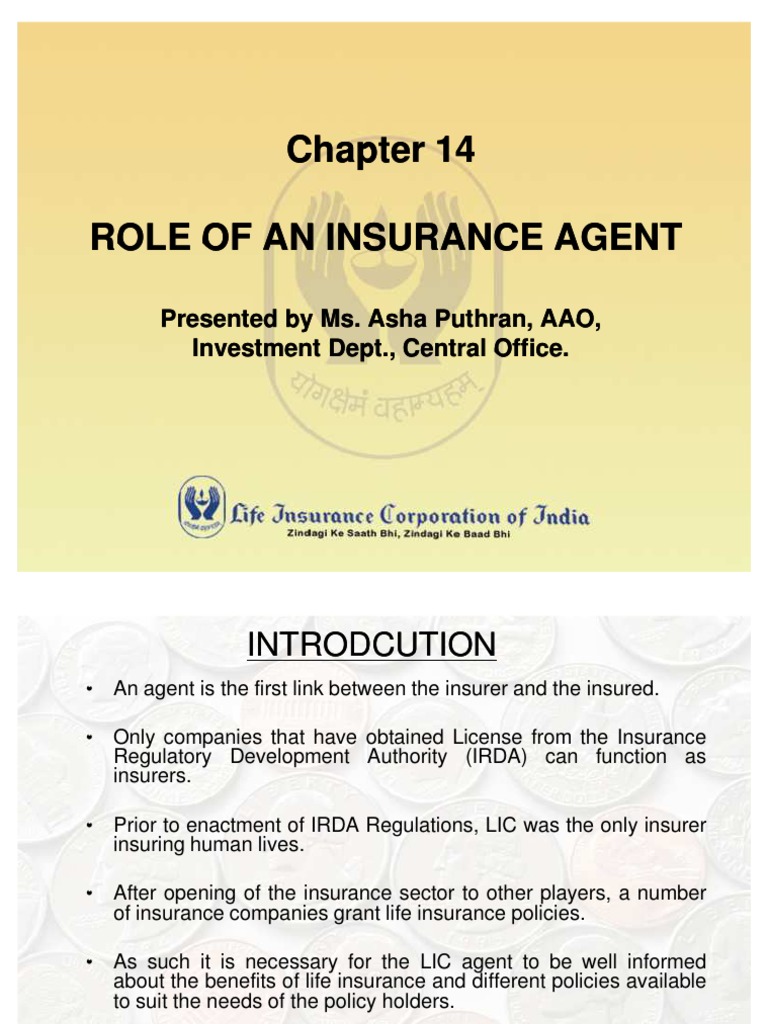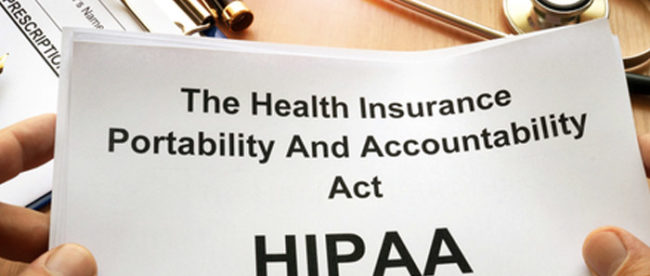Pacific Prime Can Be Fun For Anyone
Pacific Prime Can Be Fun For Anyone
Blog Article
How Pacific Prime can Save You Time, Stress, and Money.
Table of ContentsThe Main Principles Of Pacific Prime About Pacific PrimeThe Basic Principles Of Pacific Prime Pacific Prime - TruthsThe Main Principles Of Pacific Prime

This is because the information were collected for a period of solid financial performance. Of the approximated 42 million individuals who were without insurance, all yet about 420,000 (concerning 1 percent) were under 65 years old, the age at which most Americans end up being qualified for Medicare; 32 million were grownups between ages 18 and 65, around 19 percent of all adults in this age group; and 10 million were youngsters under 18 years of age, concerning 13.9 percent of all children (Mills, 2000).
These price quotes of the number of individuals without insurance are created from the annual March Supplement to the Existing Populace Survey (CPS), conducted by the Demographics Bureau. Unless otherwise kept in mind, national estimates of individuals without medical insurance and proportions of the populace with different type of insurance coverage are based upon the CPS, one of the most widely used source of quotes of insurance coverage and uninsurance rates.
6 Easy Facts About Pacific Prime Explained

Still, the CPS is particularly helpful since it generates yearly quotes fairly swiftly, reporting the previous year's insurance policy protection estimates each September, and because it is the basis for a consistent set of price quotes for more than 20 years, allowing for analysis of fads in insurance coverage with time. For these reasons, as well as the comprehensive use the CPS in other research studies of insurance coverage that exist in this report, we count on CPS quotes, with limitations noted.

The quote of the number of uninsured individuals broadens when a populace's insurance policy status is tracked for numerous years. Over a three-year duration beginning early in 1993, 72 million individuals, 29 percent of the united state populace, were without coverage for a minimum of one month. Within a single year (1994 ), 53 million individuals experienced at the very least a month without protection (Bennefield, 1998a)
6 out of every 10 uninsured grownups are themselves utilized. Although working does boost the probability that a person and one's relative will have insurance, it is not a warranty. Even members of family members with two permanent wage income earners have almost a one-in-ten chance of being without insurance (9.1 percent uninsured price) (Hoffman and Pohl, 2000).
Some Ideas on Pacific Prime You Need To Know
New immigrants make up a substantial percentage of individuals without health and wellness insurance policy. One analysis has actually attributed a substantial portion of the current development in the size of the united state uninsured populace to immigrants that arrived in the country between 1994 and 1998 (Camarota and Edwards, 2000). Recent immigrants (those who involved the USA within the past four years) do have a high rate of being uninsured (46 percent), but they and their kids make up just 6 percent of those without insurance country wide (Holahan et al., 2001).
The relationship in between medical insurance and accessibility to care is well established, as recorded later on in this chapter. Although the partnership in between health and wellness insurance and wellness results is neither straight nor straightforward, a considerable scientific and health solutions research literature links wellness insurance protection to improved access to care, much better top quality, and enhanced individual and populace health and wellness status.
Degrees of analysis for analyzing the results of uninsurance. This conversation of medical insurance protection focuses primarily on the united state population under age 65 due to the fact that basically all Americans 65 and older have Medicare or other public coverage. It concentrates particularly on those without any you can try this out type of health insurance for any length of time.
How Pacific Prime can Save You Time, Stress, and Money.
The problems encountered by the underinsured are in some areas similar to those faced by the without insurance, although they are normally less extreme. Health and wellness insurance coverage, however, is neither essential neither sufficient to obtain accessibility to medical services. The independent and straight impact of wellness insurance policy coverage on accessibility to health and wellness services is well developed.
Others will get the healthcare they need also without medical insurance, by paying for it expense or seeking it from providers that offer treatment totally free or at highly subsidized prices. For still others, health and wellness insurance alone does not make sure receipt of care due to other nonfinancial obstacles, such as a lack of health and wellness treatment suppliers in their community, restricted access to transport, illiteracy, or etymological and cultural distinctions.
The Definitive Guide for Pacific Prime
Official research study regarding without insurance populaces in the USA dates to the late 1920s and early 1930s when the Committee on the Cost of Medical Treatment created a collection of records concerning financing physician office visits and hospitalizations. This problem became prominent as the varieties of medically indigent climbed during the Great Clinical depression.
Report this page